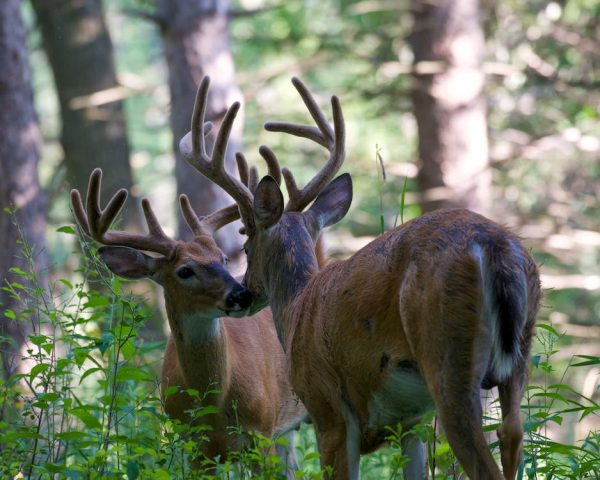Male lions, who often rely on each other for survival, have frequently been observed exhibiting same-sex sexual behaviours. Image: Gary Whyte, via Pexels
A new study of same-sex sexual behaviour in mammals strongly suggests that the behaviour was adopted to facilitate social cohesion between animals living in social groups.
Sexual behaviour between members of the same-sex has been observed in at least 1,500 animal species, from crickets, to penguins, to bottlenose dolphins.
As reproduction serves a vital evolutionary function, many have pondered the evolutionary benefits of same-sex sexual behaviour in animals.
Past perspectives have dismissed these behaviours at outliers to the norm, however, growing data and scientific literature on the subject has allowed ecologist José Gómez and colleagues from the University of Granada to look for large-scale evolutionary patterns which may have caused certain species to adopt same-sex sexual behaviours.
“Since it does not contribute directly to reproduction, same-sex sexual behaviour is considered an evolutionary conundrum,” Gómez and colleagues write in the paper.
“It may contribute to establishing and maintaining positive social relationships.”

Of the 6,649 species of living mammals, the researchers identified existing scientific literature of 261 where same-sex sexual behaviour was observed.
The study’s definition of same-sex sexual behaviour includes a wide variety of behaviours involved in courtship, mating and forming long-term bonds.
Males and females were equally likely to be observed exhibiting these behaviours, however, this differed between species.
In some species, only one sex exhibited these behaviours, while in others, such as cheetahs and white-tailed deer, same-sex sexual behaviour was observed in both males and females.
The evolutionary patterns observed in the analysis suggest that the behaviour has evolved independently many times on different branches of the evolutionary tree, and that it was significantly more prominent in social species than independent ones.
Paul Vasey, a primatologist at the University of Lethbridge in Canada, said that he wasn’t surprised by the results of the study.
“For anyone familiar with the literature, I don’t think it is a huge surprise to see that same-sex sexual behaviour is related to sociality,” said Vasey.
“It is nice to see this conclusion supported by the methods used by the authors.”
However, the authors of the study recognised that the scope of the study was limited by the existing data available on the subject, and it was possible that their conclusions could change.
“We fully recognize that these results may change in the future if same-sex sexual behaviour is studied more intensively and comes to be detected in many more species,” Gómez and colleagues write.
The study is open access and can be read in Nature journal.





